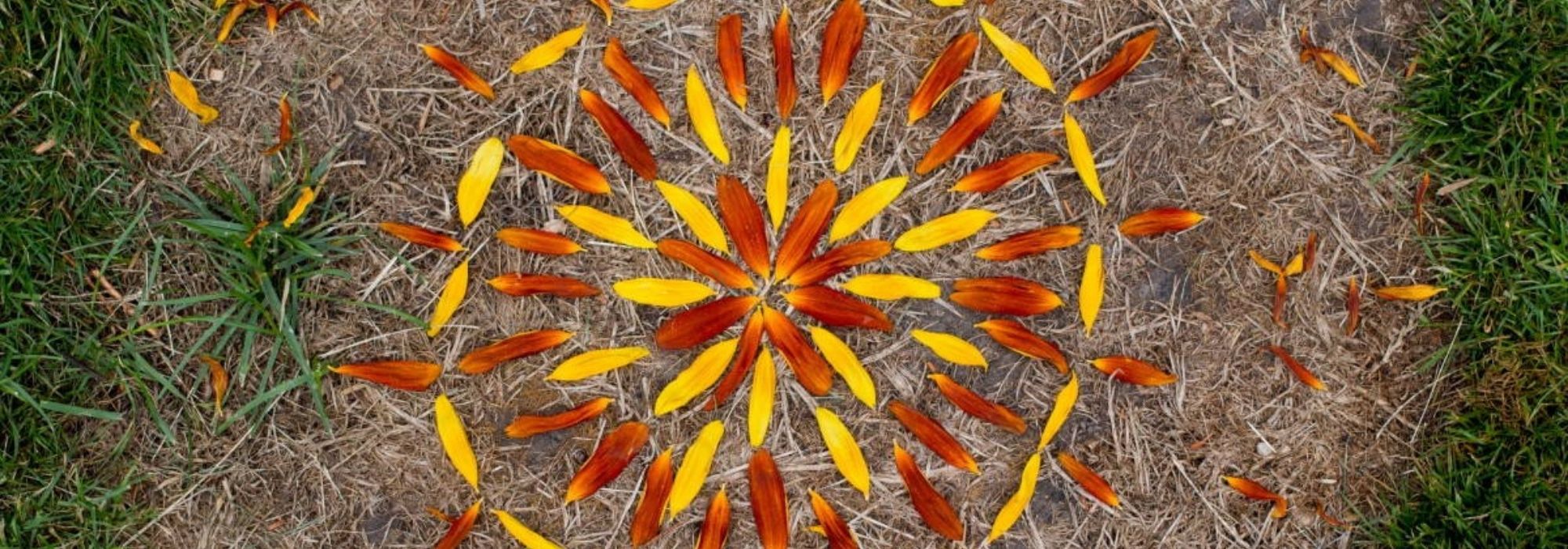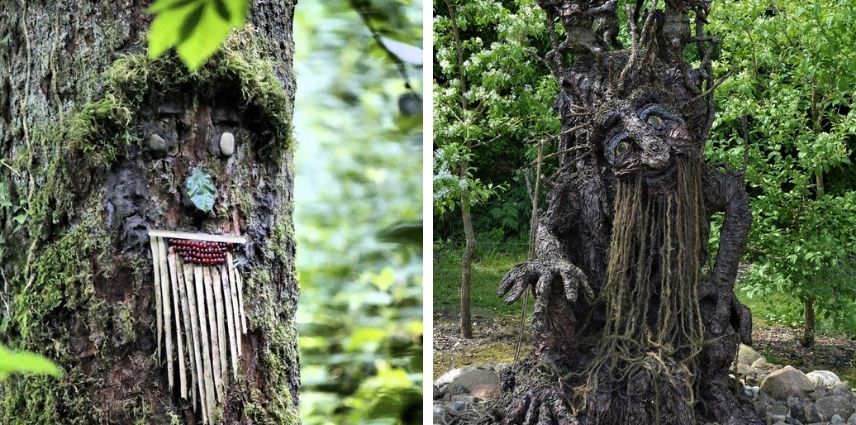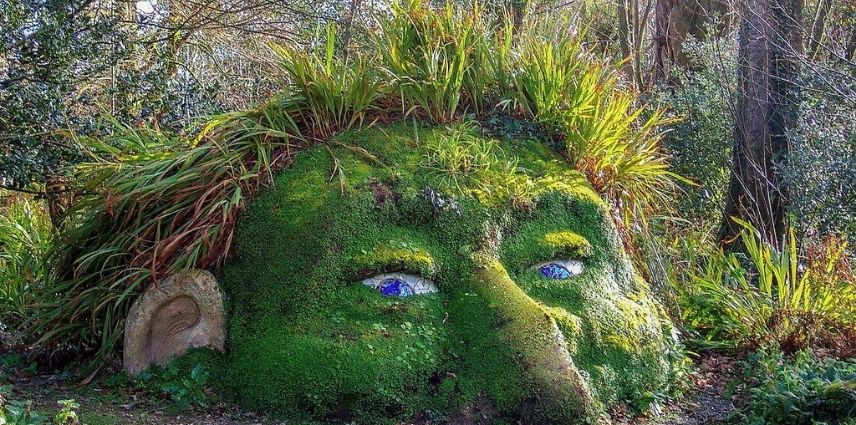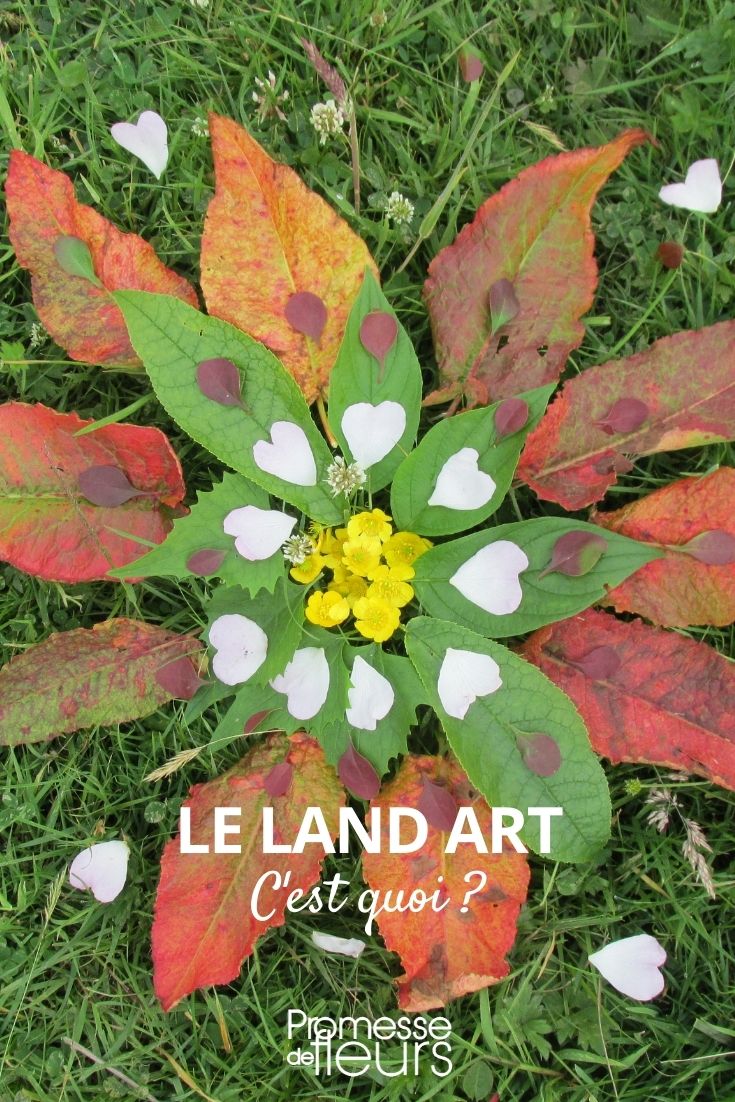
Land Art, what is it?
Its origins, its artists, from yesterday to today
Contents
Land art is an art form that uses the natural outdoor environment and expresses itself with materials sourced from nature (wood, earth, stones, water, sand…). Ephemeral, the works step outside museums and art galleries, presenting themselves to the view of the general public. Like Yarn Bombing, which dresses trees like furniture, the result is striking!
Whether a gigantic canvas or not, land art has animated our earth for over 50 years, championed by great artists or anonymous hands, seeking its relaxing and convivial virtues. Let’s explore together the key principles of this nature art, its prominent ambassadors, and its application by everyone today.
What are the origins of this movement?
Land art is a historical movement that originated in October 1968 during an exhibition at the Dwan Gallery in New York, titled “Earth Works.” At the same time, Robert Smithson’s essay “The Sedimentation of the Mind: Earth Projects” propelled him into an iconic figure of this new artistic trend, as it promoted its first artists. In February 1969, a second exhibition, called “Earth Art,” confirmed the birth of land art.
Initially, its motivations were to break the constraints that confined the artwork to the gallery: art should no longer be reserved for the elite in an enclosed space; it must express itself, without limits, using materials found on site. Nature gives meaning to the work; it is no longer simply represented, it becomes an integral part of the creation. Today, street art adopts its codes, relying on urban furniture to express itself.

Land Art
What are the iconic artists?
With the collaboration of nature, land artists seize locations to convey their message. Here are 3 emblematic artists of this art form, along with their most well-known works:
- Walter de Maria
An American artist born in October 1935, he erected no fewer than 400 poles over 5 metres high in a rectangle measuring one kilometre in the New Mexico desert. Completed in 1977, his project, titled “The Lightning Field”, aims to capture lightning, concentrating it in a specific location. An experience of the sublime that magnifies waiting and patience, two themes dear to the artist.
- Michael Heizer
An American sculptor born in November 1944, he created a long trench of earth measuring 457 metres long, 13 metres wide, and 15 metres deep in a canyon of the Virgin River Mesa (Nevada, USA). “Double Negative” required the removal of 244,800 tonnes of sandstone and rhyolite: however, it is in what has been displaced, in what is absent, that the true power of this work resides. A creation that propelled the young artist as one of the main figures of land art.
- Robert Smithson
An American artist born in January 1938, he created a large spiral jetty, “Spiral Jetty”, at the Great Salt Lake in Utah in 1970. He had to move over 6,500 tonnes of earth and rock. A symbol of the beginning of life processes, the spiral also echoes the lake, recalling the whirlpools of water and the shape of salt crystals.
Many other artists have embraced this nature art movement, such as Nancy Holt and her “Sun Tunnels”, positioned to view the sunrise and sunset at the solstices. Human-sized, the works of Andy Goldsworthy play on the ephemeral nature of land art, surviving no more than a few days, or even a few hours, by working with ice, moss, ferns, wood…
A work that has inspired that of Ludovic Fesson, a young French artist who plays with creating geometric shapes using sticks, stones… Geoffroy Mottard, on the other hand, enjoys adorning statues with flowers, blending street art and land art, adding a splash of colour to our urban environment.

Why and how to practice land art in the garden?
But land art is not just for great artists; everyone can engage in it and enjoy its benefits:
- Express creativity at any age: accessible even without any artistic training, land art involves observing nature and letting your imagination guide you. Stacking, juxtaposing, layering, tearing, engraving… the techniques are simple and can be applied from a young age.
- Create for the sake of creating: a special moment with nature and oneself, it’s enough to let your desires flow to create without purpose and without constraint. The very fact that the creation will disappear over time liberates, calms, and relaxes.
- Experience a moment of sharing: with friends, as a couple, or with your children, practicing land art together is a moment of sharing and pleasure, driven by a common creation.
As no materials are required, a land art session can be improvised anywhere, anytime, during a walk and inspired by your surroundings. You just need to gather a few natural elements here and there, playing with textures, colours, light, and scents…
A few petals of magnolia placed on the grass, a composition playing with the colours of daisies, a spiral alternating stones and buttercups, a game of coloured pebbles… Your creation can take just 5 minutes or extend over an entire afternoon, finding a place you particularly love (beach, glade…) or, conversely, in a space without significance, but which suddenly inspires you…
- Subscribe!
- Contents
































Comments